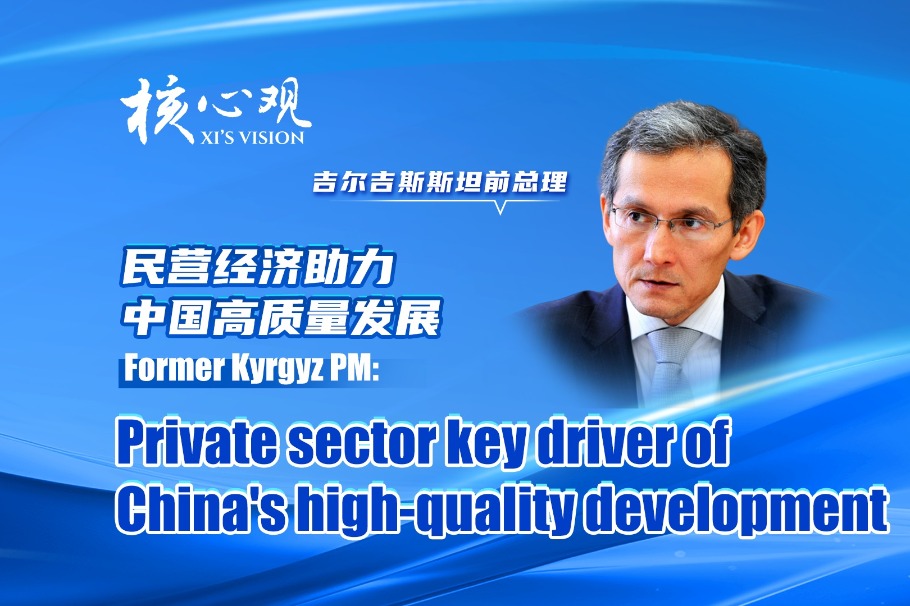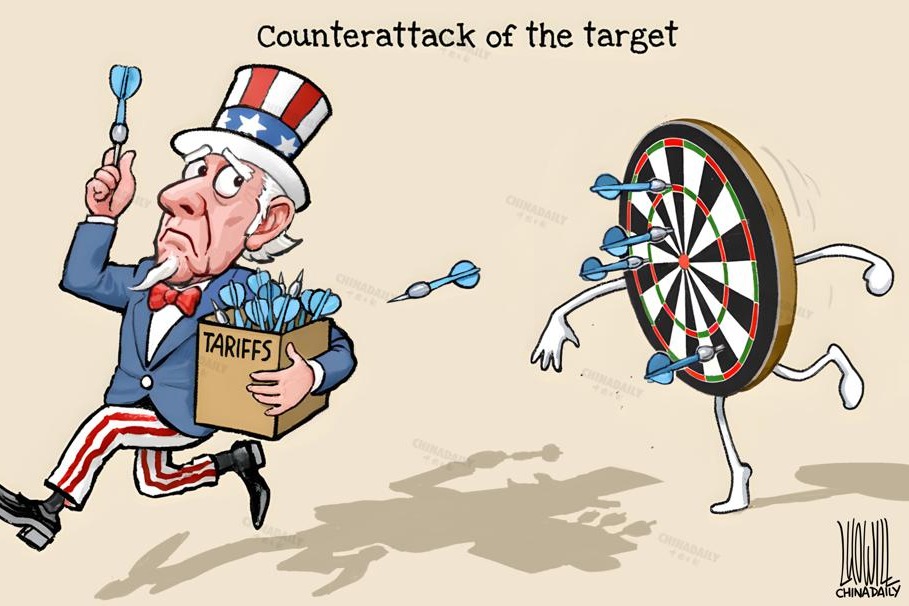Rising technologies help bring back fallen stars
By CHENG YU | China Daily | Updated: 2022-02-08 10:02

For millions of Chinese, the last night of 2021 was unforgettable. Legendary singer Deng Lijun (1953-95), also known as Teresa Teng, made a surprise comeback in a spectacular way for a New Year's Eve concert presented by Jiangsu TV.
It was quite a feat, considering that Teng died in 1995. The life-size virtual figure Teng, with her trademark sweet smile, sang three songs, including her signature tunes and a recent song with Zhou Shen, a popular 30-year-old Chinese singer.
Though it was not the first time that Teng had appeared on stage as a digital human, commentators said millions of online viewers were said to have been taken aback by the jaw-dropping realism of her image.
"My friends and I were really astounded at first and thought it was someone who was acting like Teng. We both cried after listening to the realistic voice," said Zhou Fan, a 28-year-old bank employee.
Behind the surprise was the country's rapid development of technology to produce digital humans. Virtual characters have evolved from simple electronic figures to more refined, intelligent and lifelike images.
Digital humans can now engage in a whole range of human body language, backed by artificial intelligence that can interpret input and produce not just straightforward responses but appropriate nonverbal actions as well.
The market for virtual celebrities hit 6.22 billion yuan ($978 million) in China last year, up nearly 80 percent year-on-year. It is expected to expand to 20 billion yuan over the next two years, according to a report by market consultancy iiMedia.
In the case of digital Teng, technologies like facial capture, rendering, machine learning, high-resolution 3D modeling, animation processing and visual enhancement went into the recreation of the singer's likeness, said Hong Kong-listed Digital Domain Ltd Holdings, its producer.
The company's expert graphic artists and computer engineers drew inspiration from the use of such technologies in the creation of the character of Thanos for the Avengers movie series of Marvel Studios.
"As the company continues to expand our research and development in facial capture and autonomous behavior, we'll be able to extend these innovations to consumers and tech partners who are looking to enhance virtual human capabilities beyond simple voice recognition applications," said Daniel Seah, executive director and CEO of Digital Domain.
The company was co-founded by film director James Cameron in 1993. Since then, it has produced visual effects for hundreds of Hollywood movies, winning several Academy Awards.
Digital humans also have been widely used in many industries in China, including education, media, technology, internet and traditional manufacturing.
In June, Hua Zhibing-China's first AI-powered virtual student who was created by using the country's largest pre-trained model-made its debut at the Department of Computer Science and Technology at Tsinghua University in Beijing.
Hua, a digital woman co-developed by the Beijing Academy of Artificial Intelligence, Zhipu AI and tech company Xiaoice, is able to compose poetry and music and has some ability in reasoning and emotional interaction.
Tang Jie, a Tsinghua University professor, said the digital human is powered by the second generation of WuDao, a pre-trained model, and can be applied to several industries to help improve efficiency.
"Unlike other common pre-trained models like GPT-3, WuDao is a multimodal model that can understand and generate pictures and other content formats," Tang said.
GPT-3, for Generative Pre-trained Transformer 3, is an English-centered model created by OpenAI, an AI research laboratory based in San Francisco in the United States. WuDao is multilingual, in English and Chinese. More languages will be added, he said.
Tang said the key significance of WuDao is that it makes AI possible to use in more applications and "reduces the cost of the training process for machine learning models, including labor costs and carbon emissions".
However, Pan Helin, executive director of the Digital Economy Academy of Zhongnan University of Economics and Law, said that the biggest obstacle to the popularization of digital humans is still the technology.
"It is difficult for most digital humans to effectively complete tasks in complex scenarios. For many companies that want to use digital humans, intelligent applications of high-end digital humans will be costly," Pan said.
























